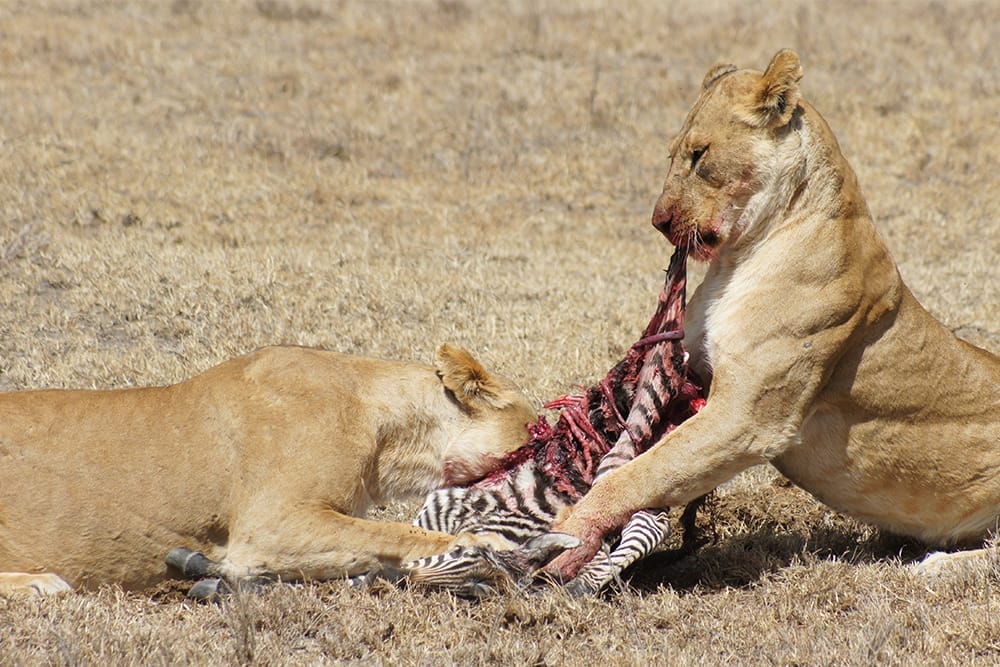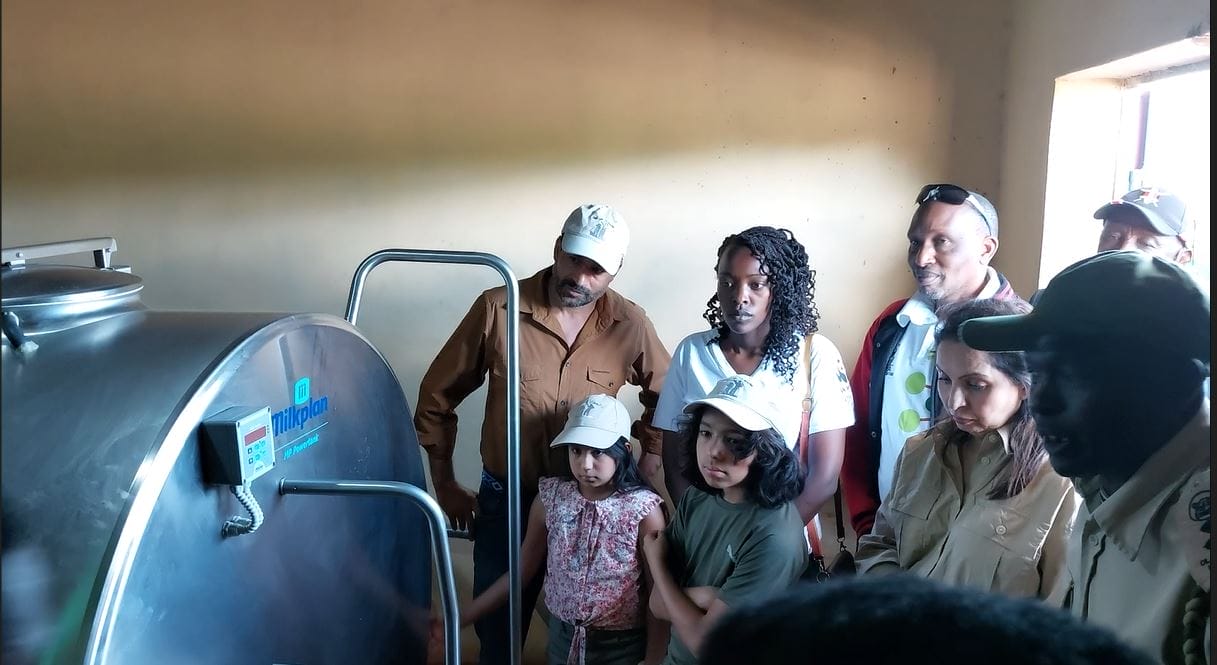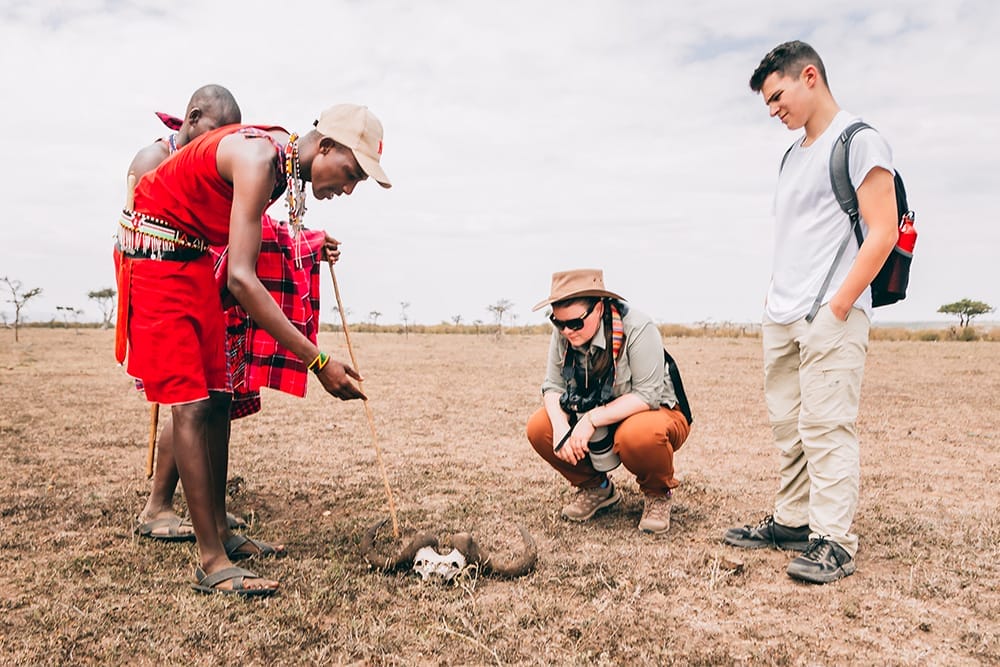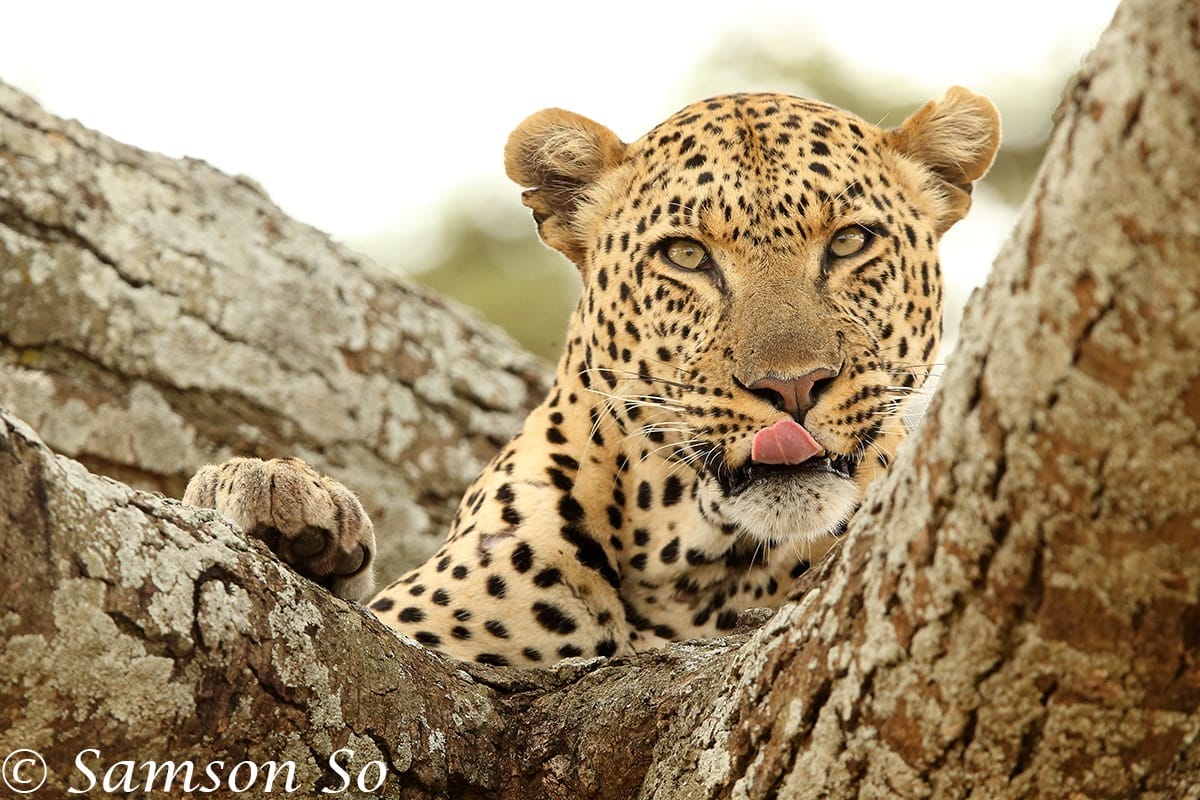As we continue walking, we spot another interesting-looking acacia tree. The tree has straight spines and large bulbous bases. Jimmy says it is called the Whistling Thorn (Vachellia drepanolobium).
“It is called a Whistling thorn because ants make holes in the bulbous bases and then when the wind blows, it makes a whistling sound as it blows through the holes. If you look at it a little closer, there are holes that ants use to go into the plant. Oh! Look… I just touched it and the ants are coming out. So they have a relationship with the plant. The plant provides them with food and they in return, protect the plant from the browsers. So, if a giraffe tries to browse on the soft parts of the plant, then all these ants will come out and get to the tongue,” says Jimmy.
When we reached the base of the hill, we came across a Greater honeyguide (Scientific name Indicator indicator). The Maasai warriors whistled to communicate with the bird which then made a distinctive call it led us to a tree that had a wild African bee honeycomb. Historically, the bird relies on man or on honey badgers to get wild honey out of a hole in a tree. In a very random and unique experience, we watched the warriors cover themselves with their Maasai shukas to protect themselves from the sting of the bees, light a fire right next to a tree to smoke the bees out, and harvest the honey right in the middle of nowhere. They made sure they left some for the honeyguide. Watch the video of the wild honey harvesting experience here: https://youtu.be/NIe0nU-5D34
We reached the top of the hill at sunset, around 6 pm, where we enjoyed a peaceful sundowner with a magnificent view of the conservancy as we enjoyed the taste of freshly harvested wild honey.
Watch: Ol Kinyei Conservancy Walking Safari With Jimmy Lemara – Maasai Mara
Jackson Liaram, a Porini Guide says that you can also expect to see medicinal plants used by local people for medicine, perfume, or decorations while on a bushwalk including Elephant pudding (Cissus rotundifolia), a succulent used to treat eye allergies and infection; Sandpaper bush(Cordia ovalis), an evergreen bush with rough leaves used to smoothen walking sticks and fingernails and Elephant pepper tree (Warbugia ugandensis), a tree with quinine. The Maasai used its bark and roots in a concoction that is used to treat malaria.
Guided safari walks are part of the package at Porini Camps. So next time you visit one of our camps, make sure you request a guided walk with Porini Maasai warriors for a chance to get engrossed in the wilderness and track the footprints of the big cats and their prey.















































